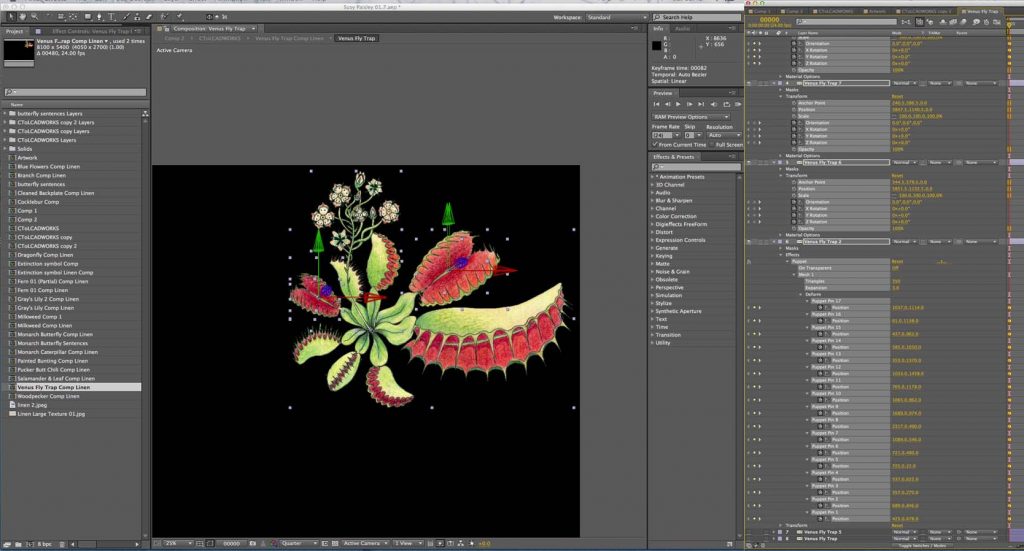It is late July and the flax plants that were bright green in the mist and rain of early June have now flowered and gone to seed. Flax is the plant that gives us linen: in Latin flax is called, Linum usitatissimum, or ‘linen that is most useful’. I was lucky to catch the moment that the Flax puller was in action – pulling the flax plants and laying them in tidy lines. The plants are then left to the good offices of the elements (the sun, the dew, and the microbes in the soil), to ‘dew ret’ – separating the long bast fibres from the more easily degradable parts of the stem. These fibres are then ‘scutched’, the step in which the rest of the woody stems are removed, before being spun into thread.
I am completely besotted with everything about linen. I always have been. I am so happy to be dedicating myself to working with this noble, eco-friendly, luxurious and versatile fabric. As well as working with British weavers and printers of linen, I’m also very pleased to able to spend a lot of time in Northern France which is the epicentre of cultivation of this quintessentially European fibre. Four fifths of the world’s production of scutched flax fibers originate in Europe, and France is the world leader.
And talk about sustainability – this crop needs almost no chemical inputs and people have been doing something like this with flax for at least 30,000 years, albeit without the cool Belgian machinery. Spun, dyed and knotted flax fibres were used by European people as early as the Upper Paleolithic. I so like being a part of this ancient industry.


